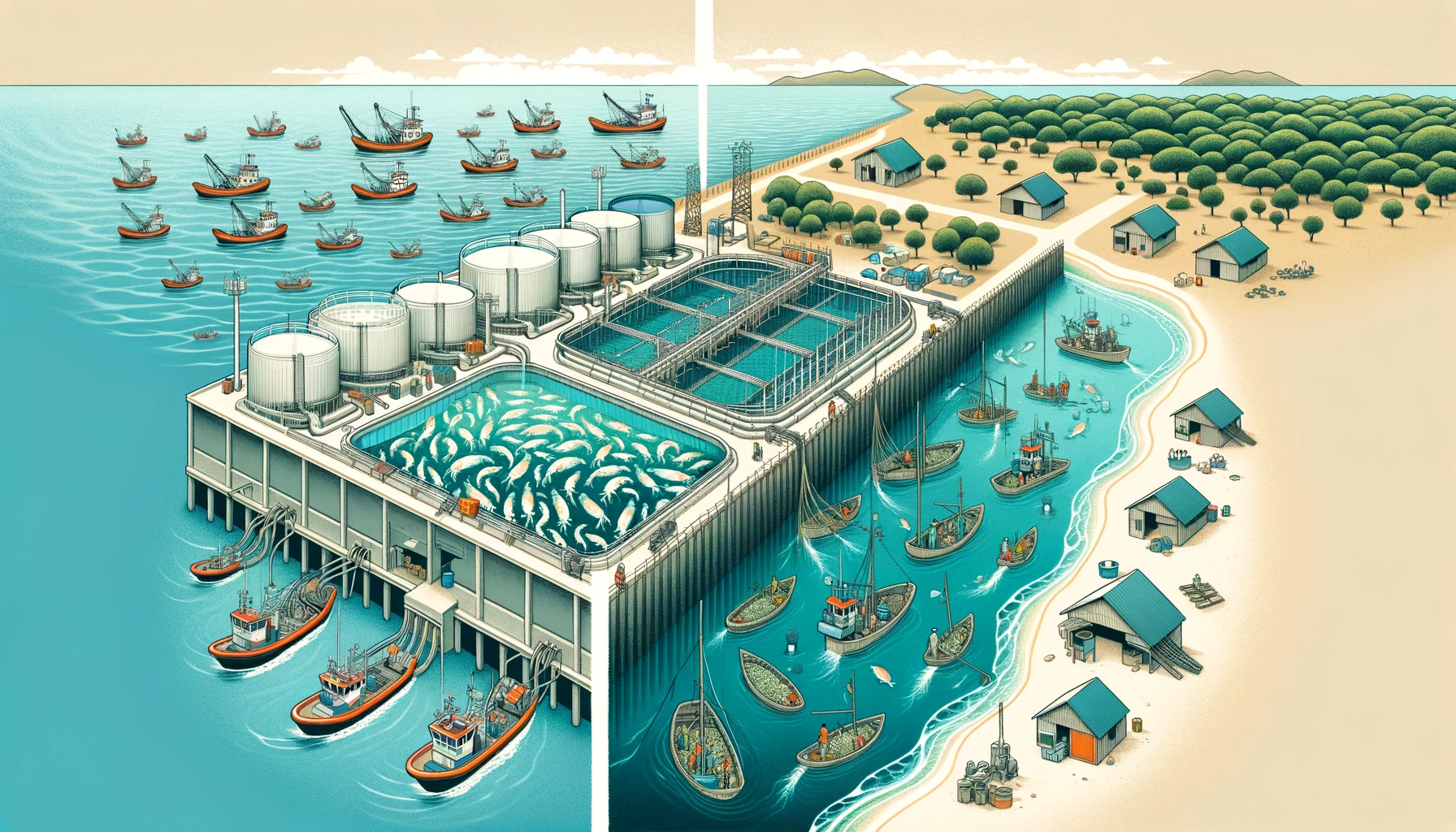Section 12 (1) (a) of the ExxonMobil production sharing agreement signed by then Minister Raphael Trotman on 27 June 2016 provides that ‘The Associated Gas produced from any Oil Field within the Contract Area shall be with priority used for the purposes related to the operations of production and production enhancement of Oil Fields, such as Gas Injection, Gas Lifting and power generation’. Section 12.3 (c) provides that ‘The Contractor shall have the right to use Natural Gas, both Associated Gas and Non-Associated Gas, as may be required for Oil Field and Gas Field operations, including the right to re-inject for pressure maintenance and enhanced recovery without charge, fee or royalty’.
The modified environmental management permit 20160705-EEDPF issued to Exxon/EEPGL by the Environmental Protection Agency on 12 May 2021 confirms in section 3.12 that ‘Gas is to be re-injected into the reservoir or utilized as fuel gas on the FPSO during normal operations.’ According to ExxonMobil’s Facebook page reported in Stabroek News ‘ExxonMobil sees higher second-half spending in Guyana operations’ (31 July 2021) ‘We are currently reinjecting and consuming more than 96 per cent of the gas produced’. So it is apparently accepted that the 16 million scfd (standard cubic feet per day) of associated gas flared during almost all the time since production started in December 2019 was an aberration from what was intended by the petroleum major and accepted by Minister Trotman, with re-injection of gas to maintain reservoir pressure being the norm.
Why is it important to re-inject the associated gas back into the rocks of the ocean floor? The answer is that re-injection maintains reservoir pressure and that in turn allows the operator to extract more petroleum from a specific wellhead. If the operator chooses instead to flare that gas into the atmosphere or to transport it via a pipeline to a processing plant, then it becomes uneconomic sooner to extract the remaining oil which may later leak out of the capped well and pollute the ocean and living organisms in the marine ecosystem. The Government seems to lack the capability to differentiate recoverable from non-recoverable costs, so ExxonMobil can choose the option of greatest profit to the consortium, leaving Guyana to pay the costs.
If only 4 per cent of the associated gas is now surplus from the FPSO Liza Destiny with a nameplate production of 120,000 bopd (barrels of oil per day), and if FPSO Liza Unity will be on-station this year and producing at the nameplate 220,000 bopd and with the same proportion of associated gas, and if the FPSO now under construction for the Payara field is rated also at 220,000 bopd, the proposed gas-to-shore pipeline planned for 50 million standard cubic feet per day (mscfd) appears to be not viable. FPSO Liza Destiny would have 4 per cent of 16 mscfd = 0.64 mscfd, Liza Unity and the FPSO Liza Prosperity for the Payara field would have 1.17 mscfd each.
This means that there will be a total of less than 3 mscfd available from the first three FPSOs for a pipeline intended for 50 mscfd. That makes the pipeline simply uneconomic to operate. Indeed, it may not be technically possible to operate with such a low volume.
Is this within the no-brainer calculation of our Vice-President? Or is this another scheme to be ranked alongside the Skeldon sugar mill lacking sugar cane and the Amaila Falls hydropower dam lacking water flow?
Yours truly,
Dr Janette Bulkan










